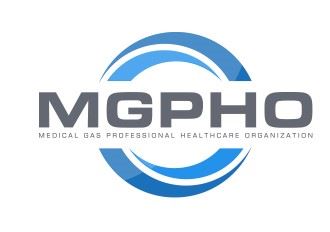I love MGPHO!
This is what I have concluded so far with all my readings.
1. Medical air compressors and oxygen generators are medical devices that do not need FDA approval to be sold.
2. Medical air compressors and oxygen generators need to meet USP monographs to be used.
3. You are allowed to blend USP oxygen and NF nitrogen to produce
USP air.
4. NFPA 99 2018 5.1.3.5.11.1 Oxygen concentrator supply units for use with medical gas pipelines shall produce oxygen meeting the requirements of oxygen 93 USP or oxygen USP.
5. You can blend oxygen 93 USP with oxygen USP as long as you’re blend is between 90% oxygen through 96% oxygen or 98 percent oxygen to 100% oxygen. (You can not blend to 97% oxygen.)
6. We cannot give 93 USP oxygen to civilians but we’re allowed to give military personnel and there families 93 USP oxygen. (Exception to this rule would be a federally declared emergency.)
7. All the medical gases we have been delivering to patients up until 2012 have been unapproved drugs.
8. It’s a very complex and difficult venture to add or change a monograph.
Please let me know where I have gone wrong in my summary.

